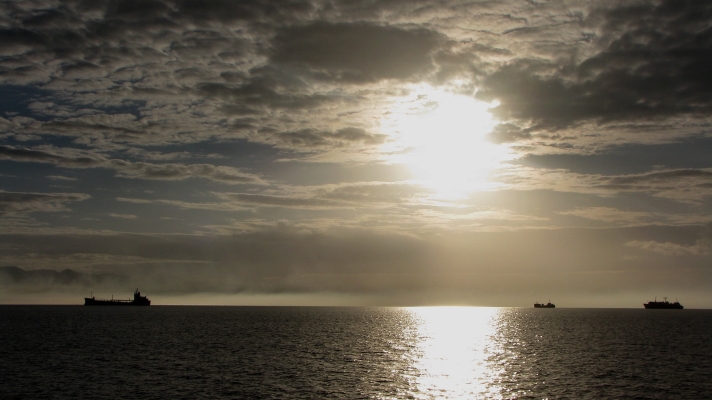Last week, NGO Transport & Environment said EU plans for carbon pricing for shipping left too many loopholes, which would leave almost 26 million tonnes of CO2 unaffected. The Royal Association of Netherlands Shipowners (KNVR) now says it agrees with this finding and feels that a so-called levy-free threshold, based on actual CO2 emissions, would be more equitable.
Transport & Environment (T&E) criticised the EU’s planned emissions trading scheme (ETS) and low greenhouse gas fuel standard (FuelEU Maritime) last week. The proposals would only include ships over 5000 GT and excludes certain types of vessels, such as offshore, service, military and fishing vessels and yachts. The NGO calculated that total CO2 emissions from the exempted vessels amounted to 25.8 Mt, with 19.7 Mt CO2 emitted by ships under 5000 GT, the rest by ships exempted from the regulations.
Also read: T&E: EU ETS and FuelEU schemes for shipping are full of loopholes
Not effective
According to the KVNR, Dutch shipowners would prefer a global approach to CO2 reduction but the organisation sees that the European Commission wants to move faster. However, the KVNR says that the European measures must be fair. By setting the limit at 5000 GT, approximately half of the Dutch fleet falls within the proposal and the other half outside. This will certainly have an impact on Dutch shipowners.
KVNR policy officer for climate and environment, Nick Lurkin, indicates that there are good reasons to include smaller cargo and passenger vessels. ‘A hard limit of 5000 GT would have a distorting effect on the market for ships of 5000 GT or more. Shipowners with such ships would have to pay for their CO2 emissions, while shipowners with ships of 4999 GT or less would not. This would create two markets and shippers and charterers would be able to distribute larger shipments over several smaller vessels in order to avoid the CO2 pricing.’
In addition, it appears that in a number of cases ships of, for example, 6000 GT emit less CO2 than those of 4000 GT. So there are more factors to take into account than just the volume of the ship. With a hard threshold of 5000 GT, shipowners with smaller vessels who do take sustainable measures are not rewarded while their competitors who do not take such measures also do not have to pay for the emissions. The KVNR feels that this would send out the wrong signal.
Also read: Shipping industry headed for EU Emissions Trading System
Tax-free threshold for CO2 emissions
It would be fairer and less disruptive to the market if the European Commission did not apply a GT threshold value. Instead, the KVNR would like to see a zero tax rate for each ship, based on CO2 emissions. The tax-free threshold could be set at 1000 tonnes of CO2 per year per ship, with the number of tonnes of CO2 emitted in excess of the threshold being paid for.
‘We want a system that is as fair as possible, but also offers opportunities to shipowners who want to make their ships green (more quickly). A tax-free foot based on CO2 emissions can certainly be a solution,’ states Lurkin.
Exempted ship types
T&E advocated it would rather see the now exempted ship types, such as offshore vessels and yachts included in the EU schemes. The KVNR feels, however, that it is more difficult to meet the same monitoring and reporting requirements for these types of ships as for smaller cargo and passenger ships. This should be looked into carefully before expanding to these niche markets, which all have their own characteristics.








